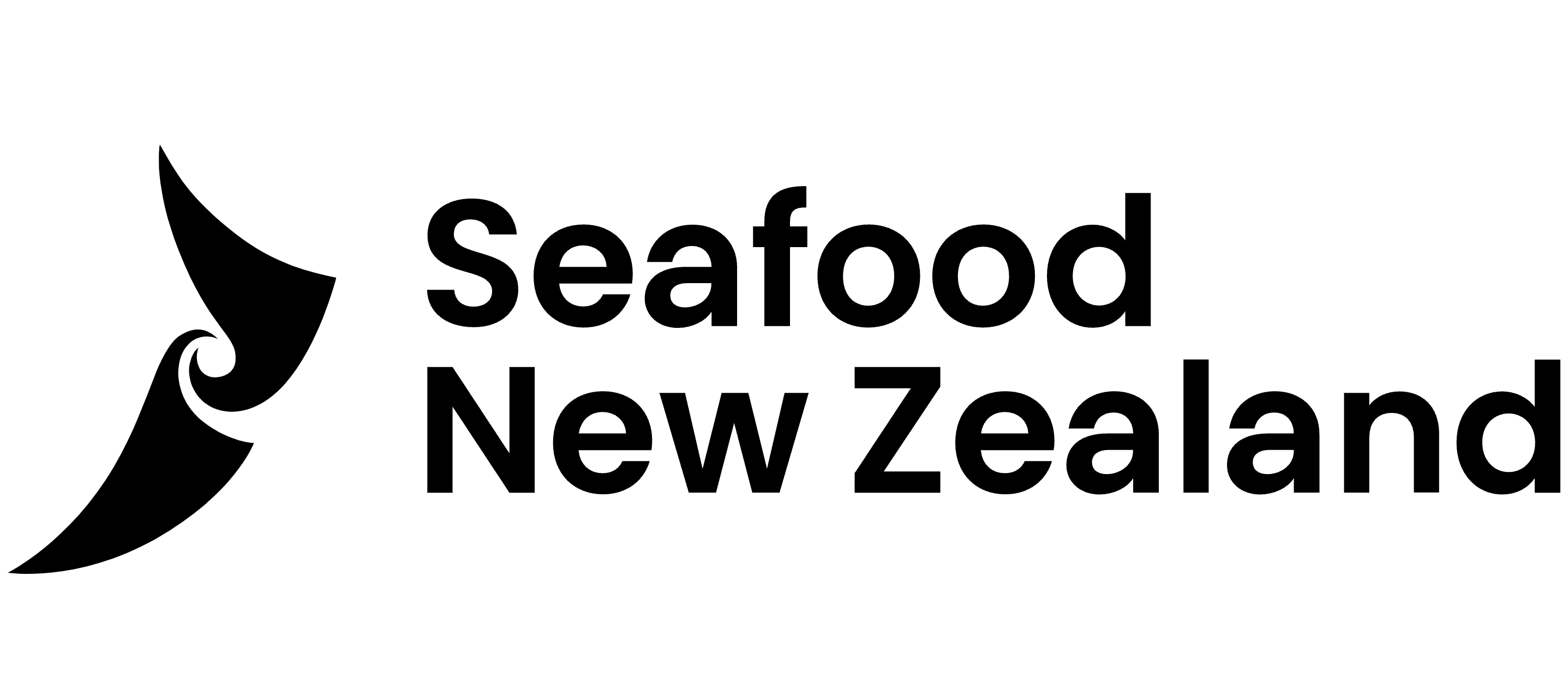16 July 2014
News Media Statement
For Immediate Release
New Zealand Seafood Industry Assures Australian Consumers that its Seafood is Sustainable
The Australian Marine Conservation Society (AMCS) list of imported fish that it’s telling consumers to stay away from, sounds like an ‘underarm delivery’ to the New Zealand industry.
Seafood New Zealand’s Chairman George Clement says it seems that the AMCS is has just gone through a list of imported seafood to arbitrarily warn people against most of it.
“Species by species, as we go through them, we can see how misinformed the AMCS report is. They’ve provided no transparent criteria nor openness in their assessments. There’s no indication that they have actually challenged themselves to examine the facts when they’ve drawn up their list.”
“First up, there’s our hoki exports to Australia. New Zealand’s hoki fisheries have been certified since 2001 as sustainable under the international gold standard of the international Marine Stewardship Council. It’s an incredibly hard standard to achieve and our hoki fishery is one of the very few in the world certified without conditions, which is even harder a certification to get. Maybe the AMCS hasn’t heard of the MSC?”
“They certainly haven’t taken into account the technology that’s gone into reducing seabird captures throughout the hoki fleet. AMCS has singled out Salvin’s albatross as being identified by risk assessments the AMSC associates with hoki fishing. That is not the case in any risk assessments made by New Zealand government scientists.”
“Nor does AMSC acknowledge that the seabed of a third of our Exclusive Economic Zone is absolutely protected with marine protected areas inside which bottom trawling is excluded by law. The hoki fishery contacts less than 1.5 per cent each year of the area the hoki inhabit.”
George Clement also quizzed other AMCS listings against New Zealand seafood.
“AMSC hasn’t recognised the huge investment we have made in our squid fleet operations to prevent sea lion captures, with Sea Lion Exclusion Devices. The fleet in the Southern Ocean has only been responsible for five sea lion deaths in the past four years. Each death is of course regrettable, but the context of those numbers is that one disease alone is killing up to 600 sea lion pups a year in the sea lion breeding grounds.”
“Next on the list. Orange roughy fishing is very conservative in New Zealand waters. Fewer than five per cent of the adult fish are harvested each year. Government and the industry have a long-term view. Biomass surveys over the past year or so, ironically using Australian technology, have found that three out of the four key fisheries have been rebuilt, with the fourth rebuilding. The fishery is in the MSC assessment process.”
George Clement says the AMCS hasn’t done its homework on New Zealand snapper either.
“Our major snapper fishery is off the eastern Auckland region coast. With conservative management over the past few years the snapper numbers have increased. In 1997 a volume target was set to be achieved in 20 years. We reached the target in only 16 years. That’s four years early. Our Ministry for Primary Industries scientists have recently assessed the fishery is still growing. That is not the description of a fishery that should be warned against,” George Clement says.
George Clement says the AMCS doesn’t know what it’s talking about with New Zealand sharks either.
“It’s stated that finning of live sharks is currently permitted and practiced in New Zealand. This is not true. It’s been illegal in New Zealand since at least 1999.”
A number of shark species in New Zealand waters are fully protected under conservation legislation. Other species are commercially caught within quotas set under the New Zealand Quota Management System.
“It might be tiresome for AMCS to go through the science of how this is exhaustively measured and monitored. Not doing so undermines their credibility. Internationally there are undoubtedly a number of shark species at risk in fisheries that are not managed, or are managed badly. That is not the case in New Zealand waters, even though the AMCS think it’s worth a cheap shot.”
ENDS



 Mindful Money: Winners At The Mindful Money Annual Ethical & Impact Investment Awards 2025
Mindful Money: Winners At The Mindful Money Annual Ethical & Impact Investment Awards 2025 MBIE: Gas Supply Reducing Faster And Sooner Than Previously Forecast
MBIE: Gas Supply Reducing Faster And Sooner Than Previously Forecast Natural Hazards Commission: International Markets Show Unprecedented Confidence In NZ’s Natural Hazards Insurance Scheme
Natural Hazards Commission: International Markets Show Unprecedented Confidence In NZ’s Natural Hazards Insurance Scheme  ASB Bank: ASB Business Survey - The Impact Of Trump's Tariffs, According To Kiwi Businesses
ASB Bank: ASB Business Survey - The Impact Of Trump's Tariffs, According To Kiwi Businesses University of Auckland: Will Robots Help Older People Stay Sharp?
University of Auckland: Will Robots Help Older People Stay Sharp? Electricity Authority: Authority Confirms New Next-Gen Switching Service; Proposes Multiple Trading Relationships For Consumers
Electricity Authority: Authority Confirms New Next-Gen Switching Service; Proposes Multiple Trading Relationships For Consumers


